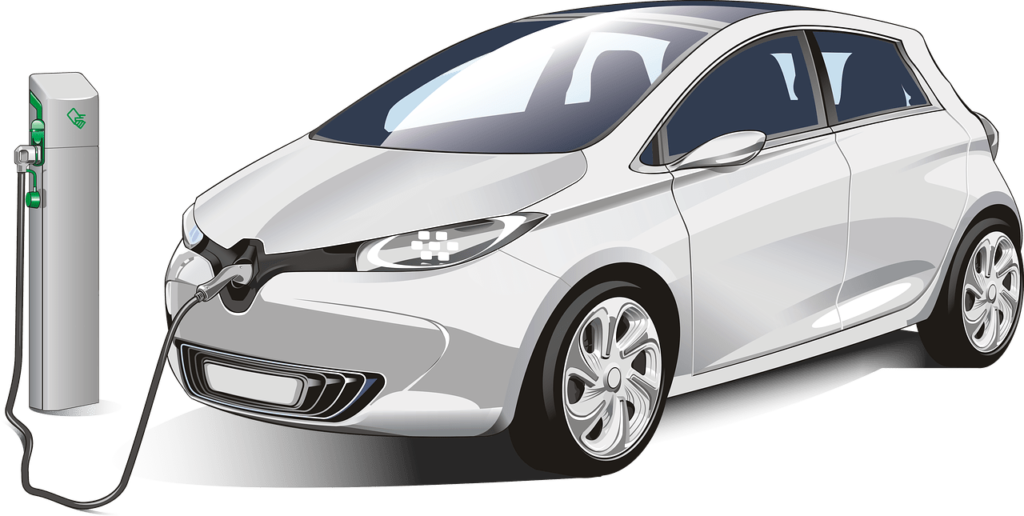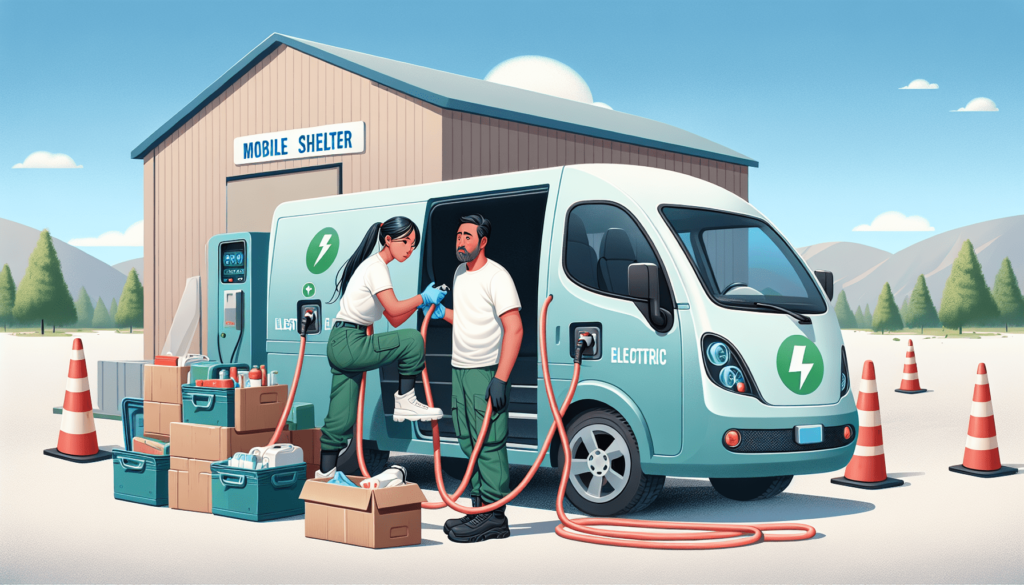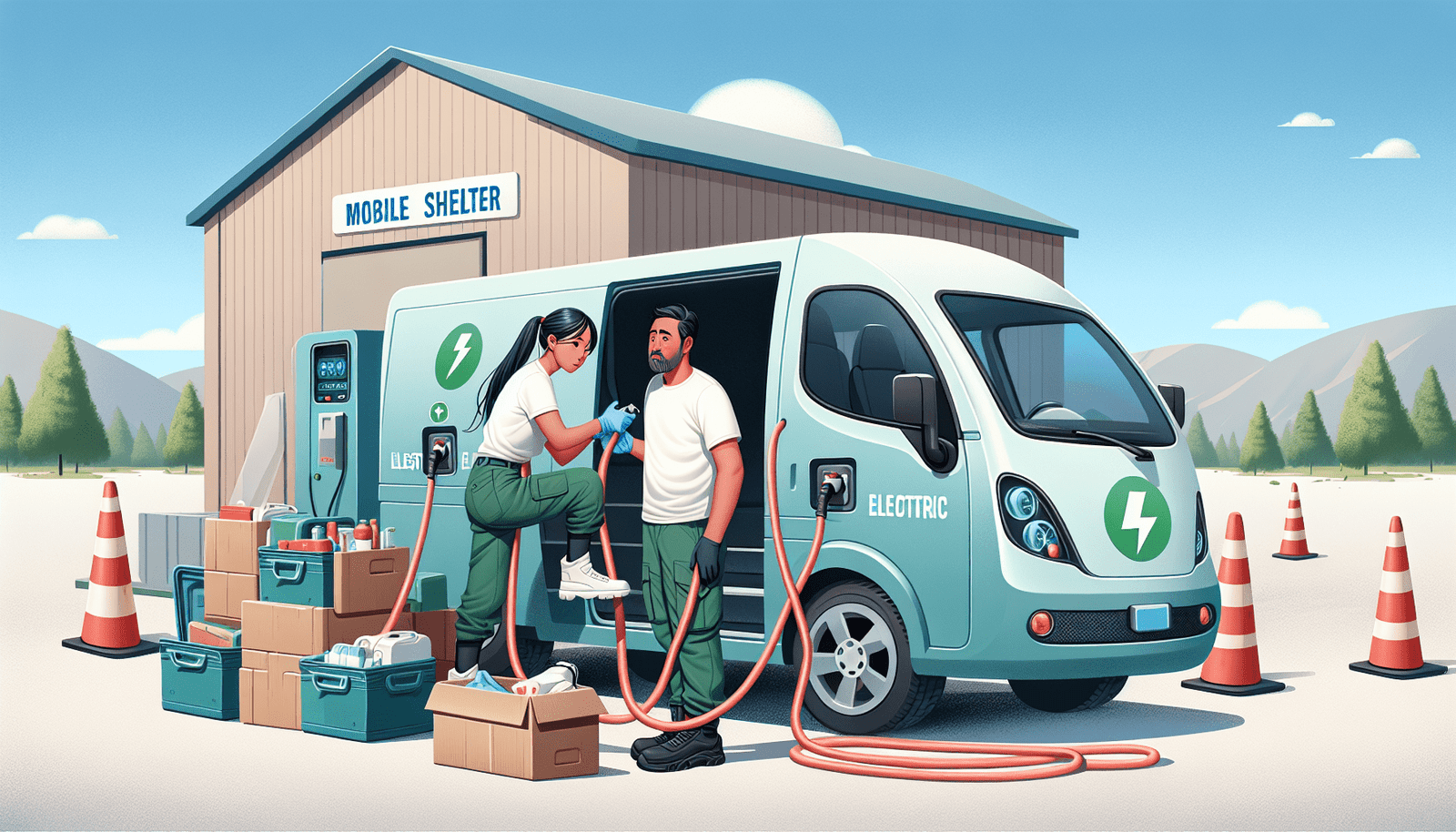Welcome to an exploration of the potential role of electric vehicles in sustainable disaster relief efforts. With the increasing frequency and severity of natural disasters, the need for sustainable and efficient solutions has become more pressing than ever. Electric vehicles have the potential to be a game-changer in this field, offering emissions-free transportation and energy storage capabilities that can support relief efforts in a more environmentally friendly and cost-effective manner. Join us on this journey as we delve into the possibilities and challenges of integrating electric vehicles into disaster relief operations. Can Electric Vehicles Contribute To Sustainable Disaster Relief Efforts?
Can electric vehicles be a game-changer in the field of disaster relief? We’ll explore the potential benefits of using electric vehicles in disaster situations and how they can contribute to more sustainable relief efforts.
The Benefits of Electric Vehicles in Disaster Relief
Electric Vehicles (EVs) have been gaining popularity in recent years thanks to their environmentally friendly nature and cost-efficiency. However, their benefits extend beyond everyday use to potentially saving lives and resources in disaster relief situations.
Electric vehicles are Lauded for their zero emissions and reduced carbon footprint, making them an attractive option for disaster relief efforts in areas already impacted by pollution and environmental degradation. In addition to their environmental benefits, EVs can also reduce dependence on fossil fuels, which can be scarce and expensive in disaster-stricken areas.
Lower Fuel Costs and Reduced Dependency on Fossil Fuels
In disaster situations, fuel can be scarce or difficult to access, leading to inflated prices and competition for resources. Electric vehicles offer a cost-effective solution, as they can be charged using renewable energy sources such as solar or wind power, reducing the need for traditional fuels.
By using electric vehicles in disaster relief efforts, organizations can minimize their reliance on fossil fuels, contributing to a more sustainable and environmentally friendly operation. This reduced dependence on traditional fuels can also help mitigate the impact of disasters on the environment, preventing further harm to already vulnerable ecosystems.
Quiet Operation and Increased Efficiency
Another key benefit of electric vehicles in disaster relief efforts is their quiet operation and increased efficiency compared to traditional vehicles. In emergency situations, noise pollution can hinder communication and rescue operations, making it crucial to utilize vehicles that operate quietly and efficiently.
Electric vehicles produce minimal noise pollution, allowing for clearer communication between relief workers and survivors. Additionally, electric motors are more efficient than internal combustion engines, translating to longer range and faster response times in disaster situations.

Challenges and Considerations for Electric Vehicles in Disaster Relief
While electric vehicles offer numerous benefits for disaster relief efforts, there are also challenges and considerations that need to be addressed to maximize their potential impact. From infrastructure limitations to battery technology advancements, it is essential to evaluate these factors when implementing EVs in disaster relief operations.
Infrastructure Limitations and Charging Needs
One of the primary challenges of using electric vehicles in disaster relief efforts is the availability of charging infrastructure in affected areas. Without a reliable network of charging stations, EVs may struggle to operate efficiently and respond quickly to emergency situations.
Organizations involved in disaster relief efforts must assess the charging needs of electric vehicles and work towards developing a robust infrastructure that supports their operation. This may involve setting up temporary charging stations or utilizing mobile charging units to ensure that EVs remain operational throughout the relief operation.
Battery Technology Advancements and Range Limitations
Battery technology advancements have significantly improved the range and performance of electric vehicles in recent years, but range limitations remain a key consideration in disaster relief efforts. EVs must be able to travel long distances and operate in remote locations to effectively support relief operations.
Organizations using electric vehicles in disaster relief efforts should prioritize vehicles with extended range capabilities and fast-charging features to ensure continuous operation in challenging conditions. By leveraging the latest advancements in battery technology, EVs can overcome range limitations and provide reliable support during disaster situations.

Case Studies of Electric Vehicles in Disaster Relief
To better understand the potential impact of electric vehicles in disaster relief efforts, let’s explore a few case studies where EVs have been successfully utilized in emergency situations.
Tesla Powerwalls in Puerto Rico
In the aftermath of Hurricane Maria in 2017, Tesla deployed Powerwall battery systems to help restore power and provide emergency relief in Puerto Rico. These Powerwalls stored solar energy generated during the day, allowing residents to access electricity during the night when traditional power grids were offline.
By leveraging Tesla’s innovative battery technology, Puerto Rico was able to sustain essential services and communication networks in the wake of a devastating disaster. The use of Powerwalls demonstrated the potential of electric vehicles and renewable energy sources in providing sustainable disaster relief solutions.
Rivian Electric Trucks in Natural Disasters
Rivian, an electric vehicle startup, has been developing all-electric trucks for use in disaster relief efforts. These electric trucks are equipped with advanced battery technology and off-road capabilities, making them ideal for navigating challenging terrain and delivering aid to remote areas.
During natural disasters such as wildfires and hurricanes, Rivian’s electric trucks have been deployed to transport supplies, rescue stranded individuals, and support emergency response teams. By utilizing electric vehicles in disaster relief operations, Rivian has showcased the versatility and efficiency of EVs in addressing urgent humanitarian needs.

The Future of Electric Vehicles in Disaster Relief
As technology continues to advance and climate change intensifies the frequency and severity of natural disasters, electric vehicles are poised to play a crucial role in sustainable disaster relief efforts. From improved battery technology to enhanced charging infrastructure, the future of EVs in disaster relief looks promising.
By investing in electric vehicles and renewable energy solutions, organizations can build resilience and preparedness for future disasters while reducing their environmental impact. As electric vehicles become more mainstream and cost-effective, their integration into disaster relief operations will become increasingly prevalent, revolutionizing the way we respond to emergencies and support vulnerable communities.
In conclusion, electric vehicles have the potential to contribute significantly to sustainable disaster relief efforts by reducing emissions, lowering fuel costs, and increasing operational efficiency. Through innovative technologies and strategic partnerships, the use of electric vehicles in disaster relief can pave the way for a more resilient and environmentally conscious future. Together, we can harness the power of electric vehicles to create positive change and support communities in need during times of crisis.


